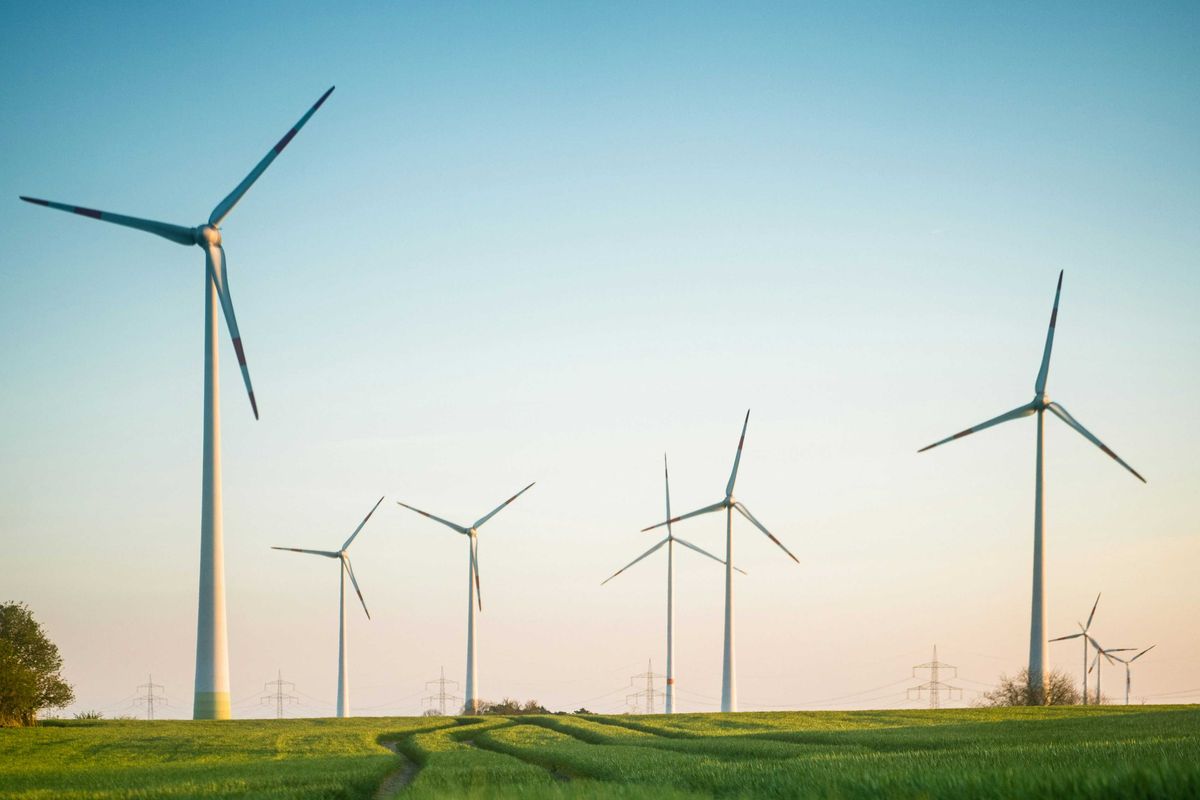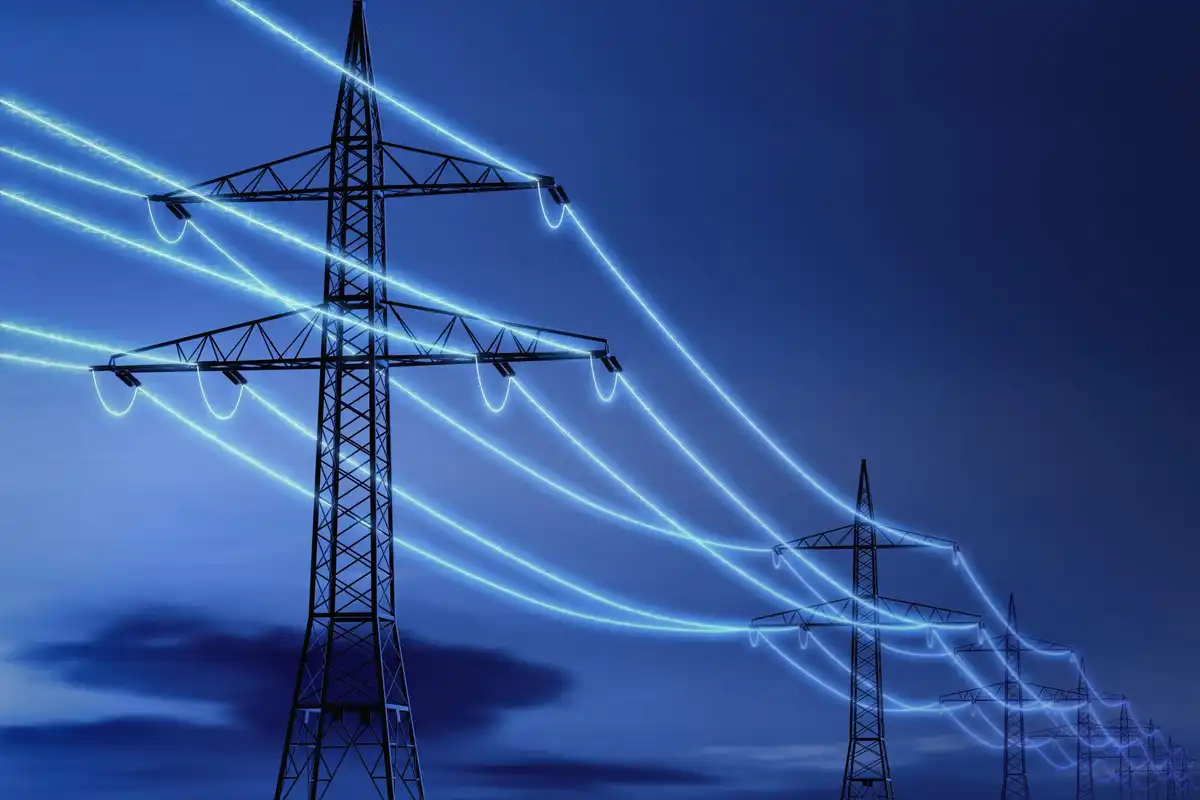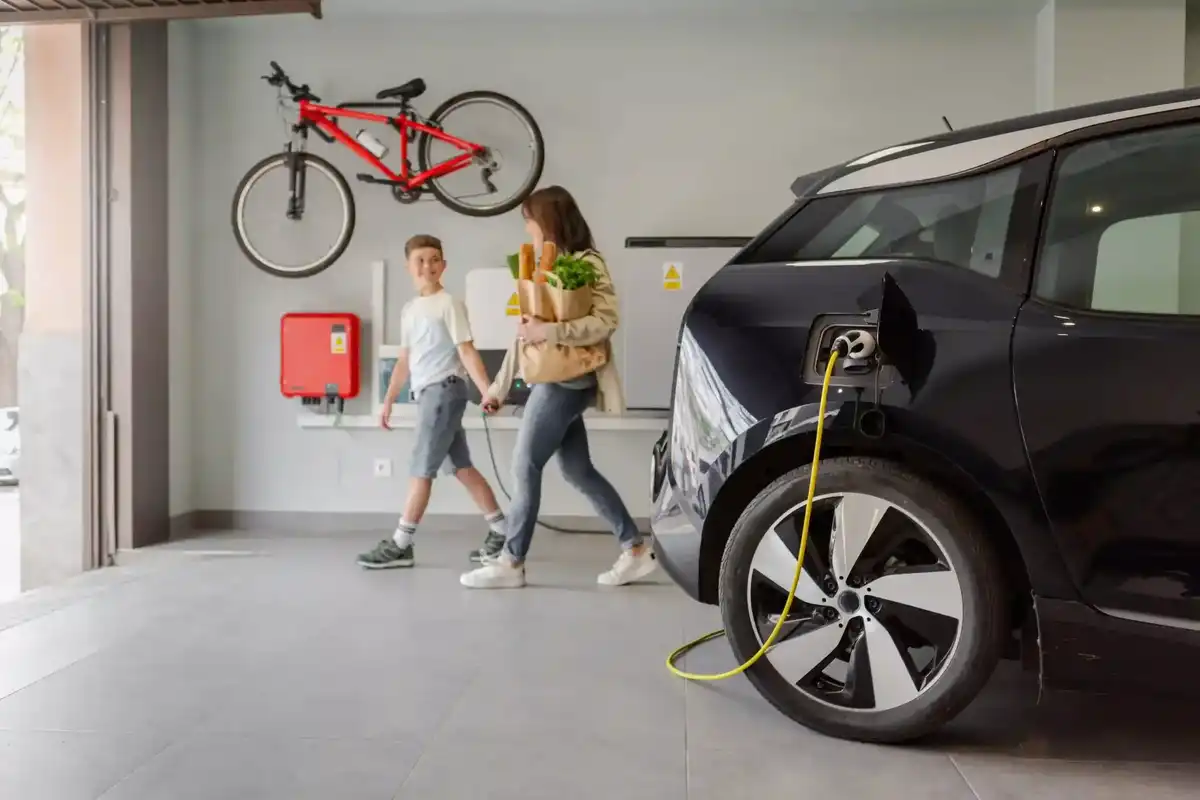Houston geothermal energy company announces major milestone
the results are in
A Houston energy startup has announced the news that every early-stage company wants to get to shout from the rooftops: the technology works.
Fervo Energy announced this week that its commercial pilot project has resulted in continuous carbon-free geothermal energy production. The full-scale commercial pilot, Project Red, is in northern Nevada and made possible through a 2021 partnership with Google.
“By applying drilling technology from the oil and gas industry, we have proven that we can produce 24/7 carbon-free energy resources in new geographies across the world," Tim Latimer, Fervo Energy CEO and co-founder, says in a news release. "The incredible results we share today are the product of many years of dedicated work and commitment from Fervo employees and industry partners, especially Google."
The goal of the partnership is to power Google’s Cloud region in Las Vegas with Fervo's geothermal-generated power.
“Achieving our goal of operating on 24/7 carbon-free energy will require new sources of firm, clean power to complement variable renewables like wind and solar,” adds Michael Terrell, senior director for energy and climate at Google. “We partnered with Fervo in 2021 because we see significant potential for their geothermal technology to unlock a critical source of 24/7 carbon-free energy at scale, and we are thrilled to see Fervo reach this important technical milestone.”
In honor of the announcement, today — July 19 — is the inaugural Fervo Energy Technology Day.
Fervo’s unique horizontal drilling technology has made an unprecedented accomplishment with Project Red, which has also proven the reliability and capacity of geothermal energy to supply over 20 percent of country's power needs, the company explains in its news release.
“Power systems modeling confirms that geothermal can be a critical player in a fully decarbonized grid," says Jesse Jenkins, assistant professor and leader of the Zero-carbon Energy systems Research and Optimization lab at Princeton University, in the release. "Fervo’s successful commercial pilot takes next-generation geothermal technology from the realm of models into the real world and starts us on a path to unlock geothermal’s full potential.”
Fervo has started work on its first greenfield development in southwest Utah, which is adjacent to the U.S. Department of Energy's Frontier Observatory for Research in Geothermal Energy (FORGE).
Last year, Fervo raised $138 million to further develop its technology. The series C round was led by California-based investment firm DCVC, with participation from six new investors. In April, Fervo Energy secured the $10 million strategic investment from Devon Energy Corporation (NYSE: DVN). The deal created a partnership between the two entities.








 Air Liquide and Hyundai agreed to expand hydrogen refuelling networks, storage capacity and more at a meeting in Seoul last week. Photo courtesy Air Liquide.
Air Liquide and Hyundai agreed to expand hydrogen refuelling networks, storage capacity and more at a meeting in Seoul last week. Photo courtesy Air Liquide.
